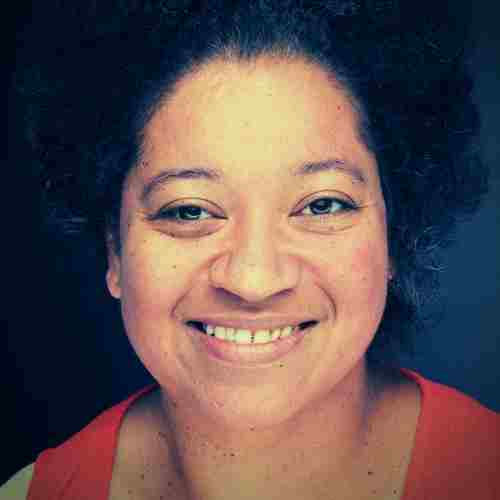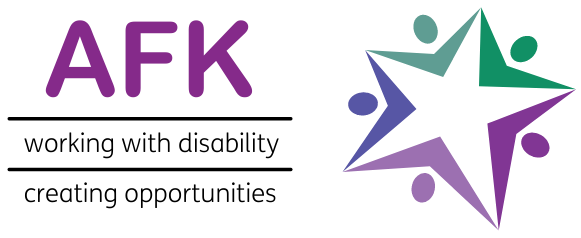Disabled People or People With Disabilities? By Esi Hardy

Esi Hardy is the Business Owner and Managing Director of Celebrating Disability.
This blog has been shared with permission from her series Disability Inclusion Bites.
Disabled People or People With Disabilities?
To a large extent, this is a moot point because a lot of the conversation around disabled person or person with a disability is down to personal choice. However, this is something I am asked often. Throughout the course of these Disability Inclusion Bites, readers have contacted me to ask me to adapt my language. As you know, I refer to disabled people as just that, however from time to time I have been asked to refer to disabled people as people with disabilities.
In these cases, I have always responded to the person explaining my point of view and why, in the emails I will not be adapting my language.
I think it would be helpful if I address this here to provide clarification and also to help people to make their own decisions.
Person-First Theory
Person first theory ensures that the individual is always put before the label. Thinking about disability, rather than defining somebody by their impairment, person first theory ensures that this does not happen. In this theory, this supports a person with an impairment to be seen and defined by who they are rather than their impairment or “disability”.
Social Model of Disability
As you may have read or heard me talk about before, the social model of disability states that we are not disabled by our impairment. Instead, the disabling element comes from a society that is not designed to be mindful of impairments.
For example, I have cerebral palsy and for me, this means that all four of my limbs are affected. I have limited dexterity and lack fine motor movements. One of the things this prevents me from doing is walking long distances without getting very tired and being in large amounts of pain. Therefore, I use a wheelchair to enable me to move around quickly, safely and independently.
No matter how enabling a wheelchair might be, it cannot get up staircases. Therefore, if I go to a building where there is a meeting that I would like to attend on the first floor but no lift, it is not my impairment (my cerebral palsy) that prevents me from getting to the meeting, it is the fact that the building has not installed a lift.
The example of a wheelchair getting up a flight of stairs is the most tangible example to briefly explain the social model. However, it is not the only example; the social model spans all impairments from physical to sensory. From neuro diverse to chronic pain.
The social model puts the responsibility on a society that is not mindful of difference. And a lack of mindfulness therefore prevents inclusion, understanding, innovation, diversity…
Personal Choice
For me, it is important that I recognise in the way that I describe myself how I am being disabled by a society. It drives me to make a difference and it supports me to stay mentally healthy because I know that the barriers to inclusion are external to me, not internal.
However, this is my personal opinion. Someone else may have a different insight. We are all correct. The most important thing to remember is that how we would like to define ourselves is individual to us. So, as a business, provider or simply an individual, if you’re not sure, just ask the individual themselves!
Watch a video
Watch the video below to see Esi talking about this topic on Poss-Ability TV.
